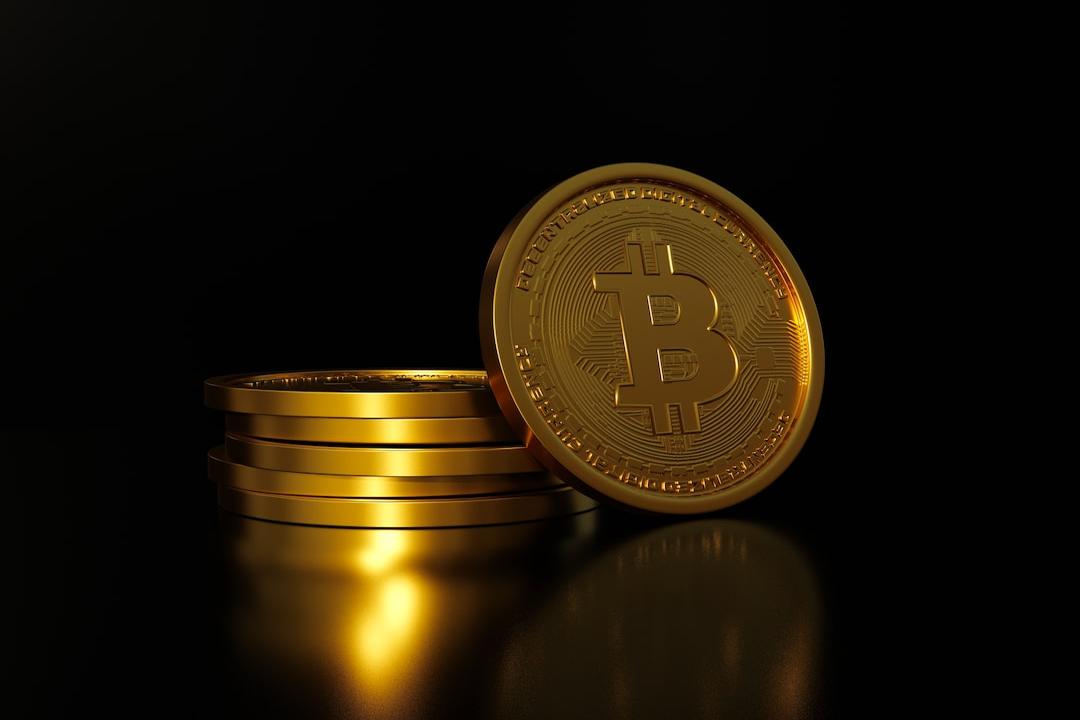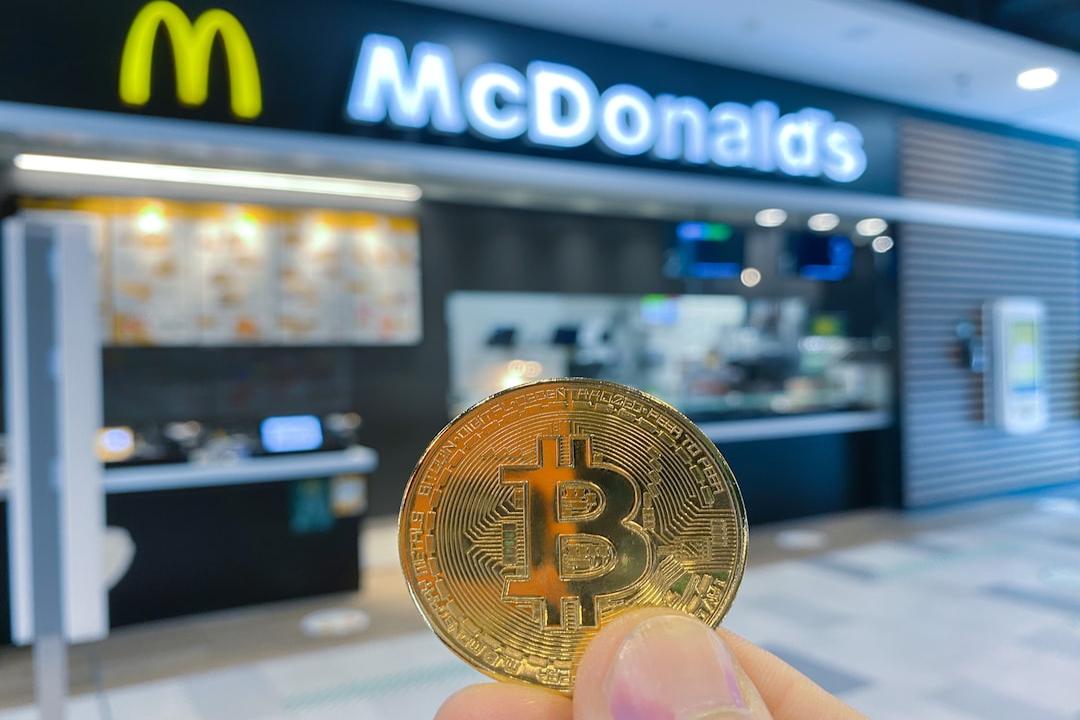On May 9th, Bitcoin’s price exceeded $104,000, reaching a new peak.
This surge is backed by an increase in institutional investor interest, high demand for ETFs, and a growing trend of companies adopting Bitcoin 
$ 103,028 as a reserve asset. Recent significant developments have generated noteworthy momentum in the cryptocurrency market.
Institutional Crypto Investments
Banks, asset management firms, and diverse institutions have shown heightened interest in Bitcoin. The majority of this demand is coming through BTC and ETH spot ETFs, which are directly indexed to the performance of these crypto assets, holding BTC and ETH in their reserves. According to James Seyffart from Bloomberg ETF unit, total inflows into spot Bitcoin ETFs have reached a record high of $40.33 billion. This figure signifies a major recovery despite the downturn earlier this year.
Bloomberg Senior ETF Analyst Eric Balchunas highlighted the importance of net inflows in ETFs.
Eric Balchunas: “Net inflows are the most critical metric to watch. Reaching a new peak so quickly is an impressive accomplishment.”

Farside BTC ETF data. Friday’s outflows might make weekend investors cautious.
Reports indicate that the resilient stance in ETFs has prevented investors from panicking during market corrections, even leading to increased purchases during these periods. Data indicates many investors are inclined to maintain long-term positions rather than seeking short-term gains.
Bitcoin Reserve Strategy
On a macro level, the process of companies adopting Bitcoin as a reserve asset is accelerating. At the Strategy World 2025 event, Strategy Chairman Michael Saylor stated that companies holding Bitcoin reserves are gaining strength.
Michael Saylor: “Companies holding Bitcoin reserves are becoming increasingly powerful.”
Simion Gerovich, CEO of Japanese Metaplanet, anticipates that many companies will add Bitcoin to their reserves in the coming period.
Strategy CEO Phong Le predicts that the number of firms holding Bitcoin at the company level could rise from 70 to 700 by next year.
Phong Le: “The number of companies holding Bitcoin could increase rapidly.”
This projection indicates that Bitcoin could become a popular reserve asset for companies if institutional demand continues.
Monetary Supply and Crypto Rise
According to data shared by Julien Bittel from Global Macro Investor, there is a strong relationship between the Bitcoin price and the global M2 money supply.
Julien Bittel: “Many of you wanted the updated Global M2 and Bitcoin chart. Here it is… And yes – it tells the same story: We are rising…”

Although inflation concerns and worries about the US dollar are cited as factors driving investors towards Bitcoin, it has performed negatively in times of uncertainty. Now that uncertainty has diminished, BTC is rising. Currently, we cannot say that BTC is a safe haven in this context. However, in the long term, it has undeniably provided strong protection against inflation, with a significantly higher annual growth rate compared to many stocks and investments. This situation doesn’t necessarily mean you can sell your BTCs profitably when needed. BTC can rise at its own pace, and the money, protected from inflation (which can diminish by more than 70% during downturns), can return to your pocket, significantly increased, at the peak of a four-year cycle.
Recent developments reveal that Bitcoin is increasingly being adopted as an asset protection tool by both institutional and individual investors. The significant strengthening of ETFs, major companies diversifying their reserve strategies with crypto assets, and macroeconomic dynamics support the upward movement of prices. Investors are inclined to evaluate Bitcoin long-term due to increased liquidity and market confidence. When these elements are combined, a multi-faceted and stable demand structure is seen at the core of the market’s rise.


